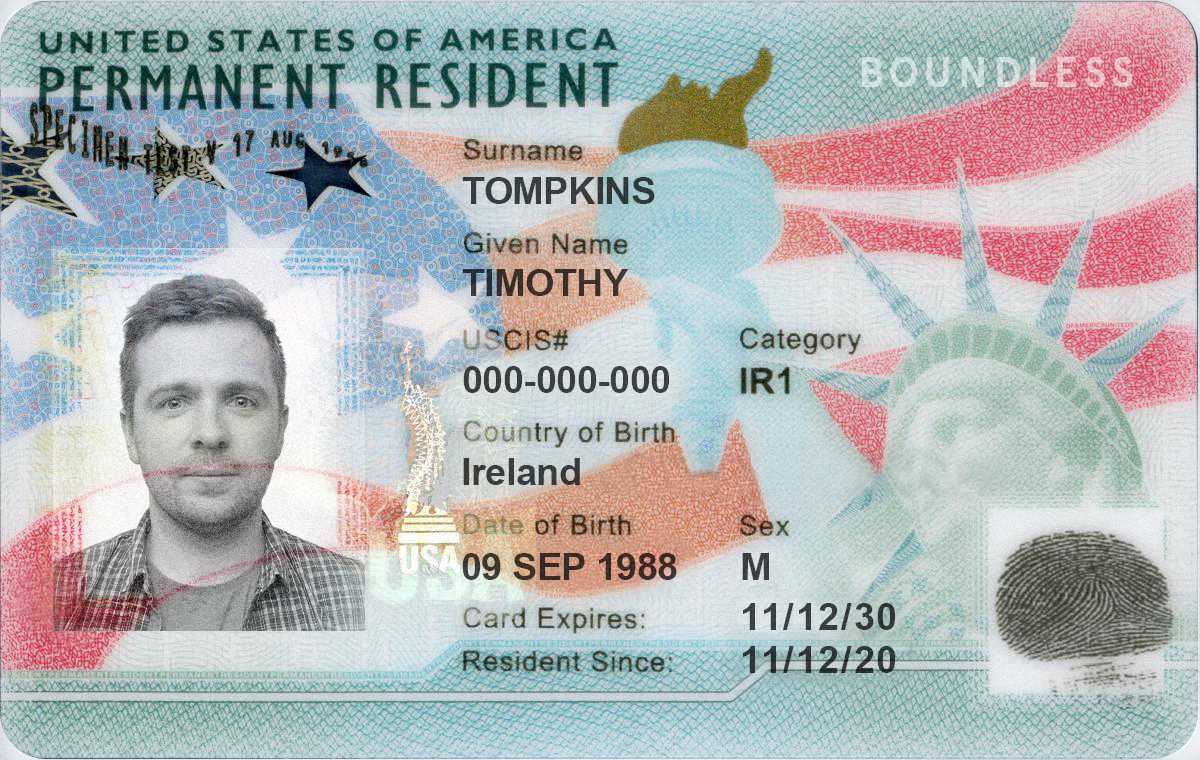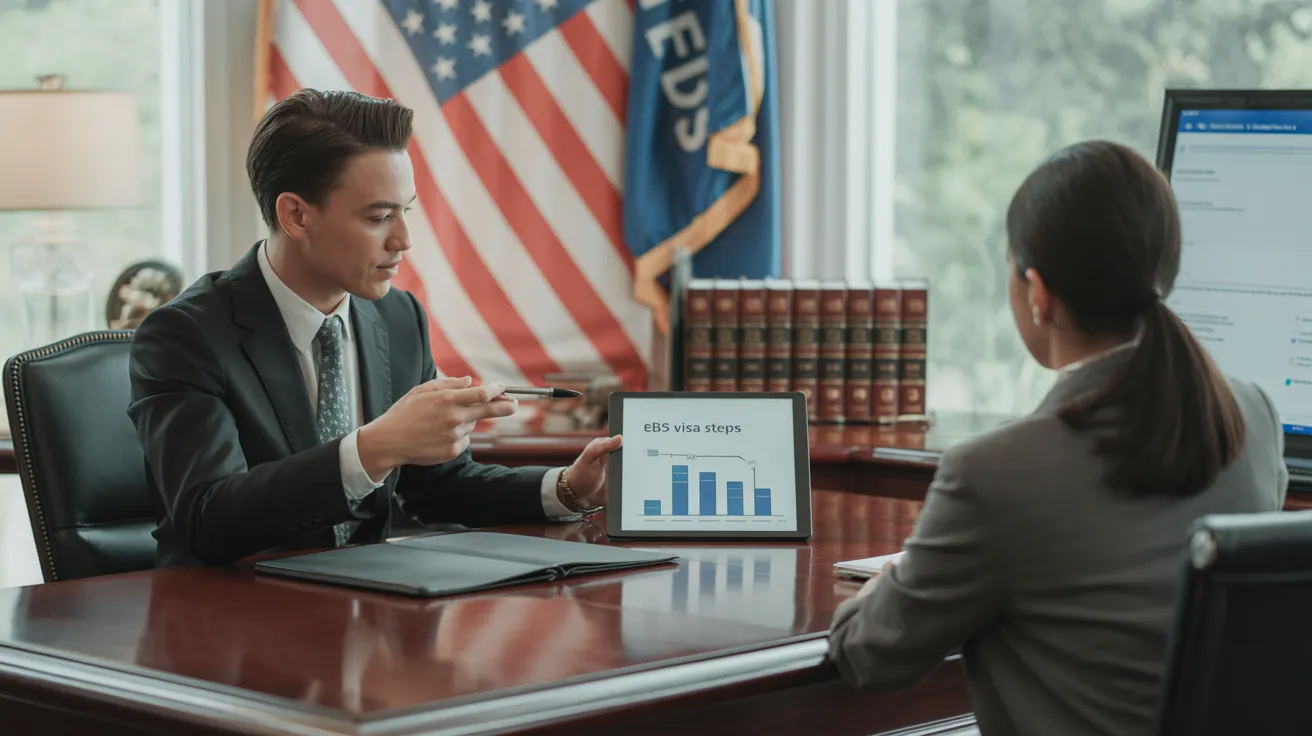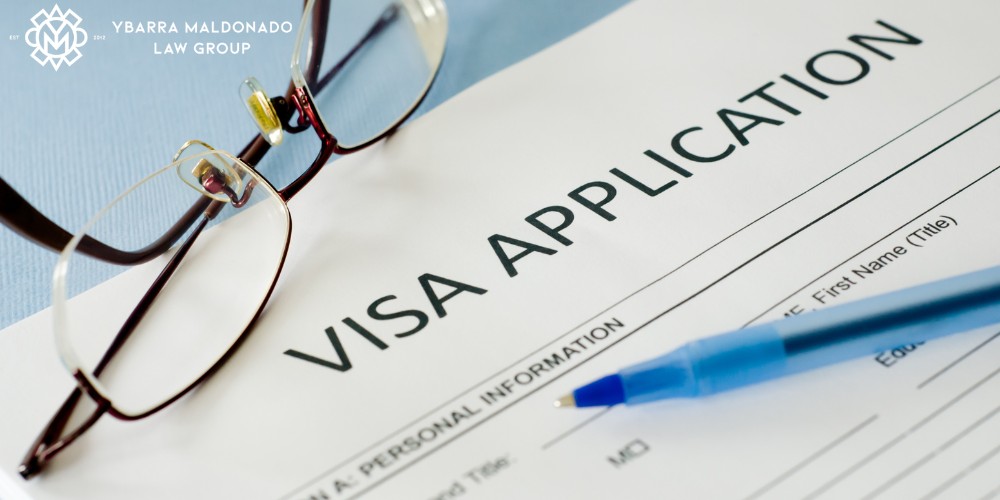Apply for L1 Visa
Some Known Incorrect Statements About L1 Visa
Table of ContentsThe smart Trick of L1 Visa That Nobody is Talking AboutThe Best Guide To L1 Visa10 Easy Facts About L1 Visa ShownUnknown Facts About L1 VisaL1 Visa - The FactsFacts About L1 Visa Revealed
Available from ProQuest Dissertations & Theses Worldwide; Social Science Premium Collection. DHS Office of the Inspector General. Retrieved 2023-03-26.
United State Department of State. Retrieved 2023-02-08. Tamen, Joan Fleischer (August 10, 2013).
The smart Trick of L1 Visa That Nobody is Discussing
In order to be qualified for the L-1 visa, the international firm abroad where the Recipient was used and the united state company need to have a certifying partnership at the time of the transfer. The different sorts of qualifying connections are: 1. Parent-Subsidiary: The Moms and dad implies a company, firm, or various other lawful entity which has subsidiaries that it has and manages."Subsidiary" means a firm, company, or other legal entity of which a parent owns, directly or indirectly, more than 50% of the entity, OR owns much less than 50% yet has management control of the entity.
Business An owns 100% of the shares of Business B.Company A is the Parent and Company B is a subsidiary. There is a qualifying partnership in between the two firms and Company B need to be able to sponsor the Beneficiary.
Company A has 40% of Business B. The remaining 60% is had and regulated by Business C, which has no relation to Company A.Since Business A and B do not have a parent-subsidiary connection, Firm A can not fund the Recipient for L-1.
Firm A has 40% of Firm B. The staying 60% is owned by Firm C, which has no connection to Firm A. Nevertheless, Company A, by official contract, controls and complete takes care of Business B.Since Firm An owns much less than 50% of Company B however manages and regulates the company, there is a qualifying parent-subsidiary partnership and Business A can fund the Beneficiary for L-1.
4 Easy Facts About L1 Visa Shown
Associate: An associate is 1 of 2 subsidiaries thar are both owned and controlled by the same parent or individual, or had and managed by the exact same team of people, in primarily the same ratios. a. Example 1: Company A is integrated in Ghana and utilizes the Recipient. Company B is incorporated in the U.S.
Firm C, additionally included in Ghana, has 100% of Firm A and 100% of Company B.Therefore, Business A and Company B are "affiliates" or sister firms and a certifying relationship exists between the 2 firms. Company B must have the ability to fund find out more the Beneficiary. b. Example 2: Firm A is incorporated in the U.S.
Firm A is contact us 60% possessed by Mrs. Smith, 20% owned by Mr. Doe, and 20% possessed by Ms. Brown. Business B is included in Colombia and currently employs the Beneficiary. Firm B is 65% had by Mrs. Smith, 15% had by Mr. Doe, and 20% possessed by Ms. Brown. Business A and Company B are affiliates and have a qualifying partnership in two various methods: Mrs.
The L-1 visa is an employment-based visa category established by Congress in 1970, allowing international firms to move their managers, executives, or key workers to their United state procedures. It is frequently referred to as the intracompany transferee visa.

Furthermore, the recipient needs to have operated in a supervisory, executive, or specialized staff member setting for one year within the three years preceding the L-1A application in the international firm. For new office applications, international work has to have been in a supervisory or executive ability if the recipient is concerning the USA to function as a supervisor or executive.
The Best Guide To L1 Visa

If granted for an U.S. firm operational for even more than one year, the first L-1B visa is for approximately three years and can be expanded for an extra two years (L1 Visa). On the other hand, if the U.S. business is freshly developed or has actually been functional for less than one year, the initial L-1B visa is issued for one year, with expansions offered in two-year increments
The L-1 visa is an employment-based visa classification developed by Congress in 1970, L1 Visa guide allowing international business to transfer their managers, execs, or essential workers to their united state operations. It is generally referred to as the intracompany transferee visa. There are 2 main types of L-1 visas: L-1A and L-1B. These kinds are appropriate for employees hired in various positions within a business.
L1 Visa for Dummies
In addition, the beneficiary needs to have operated in a managerial, exec, or specialized employee setting for one year within the 3 years coming before the L-1A application in the foreign firm. For brand-new workplace applications, foreign work should have remained in a managerial or executive ability if the recipient is pertaining to the United States to function as a manager or executive.
for as much as 7 years to manage the procedures of the U.S. affiliate as an executive or manager. If provided for an U.S. company that has actually been operational for greater than one year, the L-1A visa is originally given for approximately 3 years and can be expanded in two-year increments.
If approved for an U.S. company functional for greater than one year, the preliminary L-1B visa is for as much as three years and can be expanded for an extra two years. On the other hand, if the united state business is recently established or has been functional for less than one year, the initial L-1B visa is provided for one year, with expansions available in two-year increments.